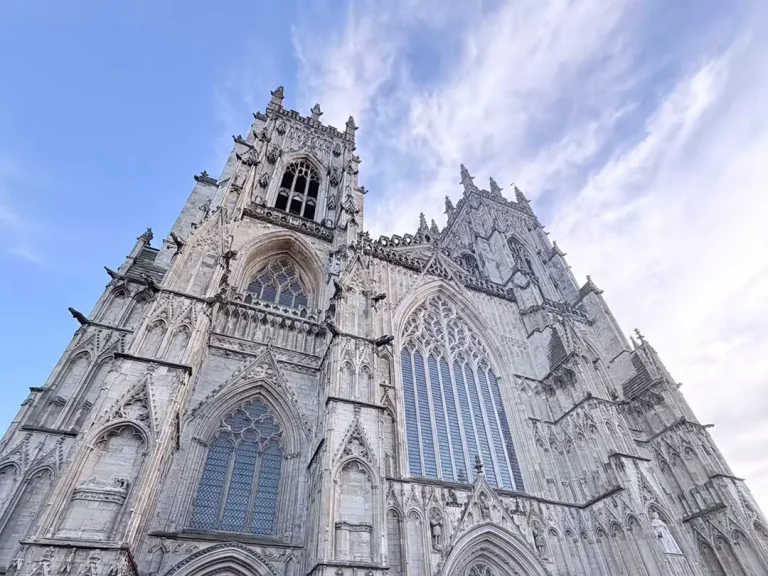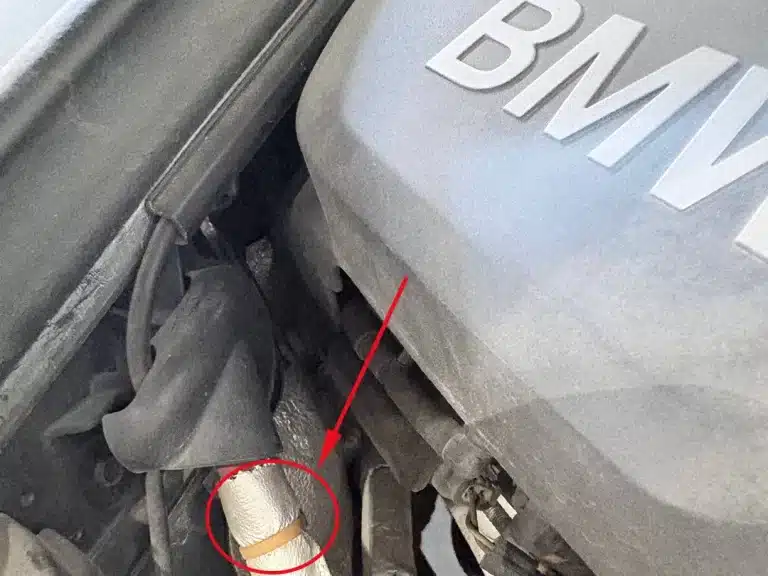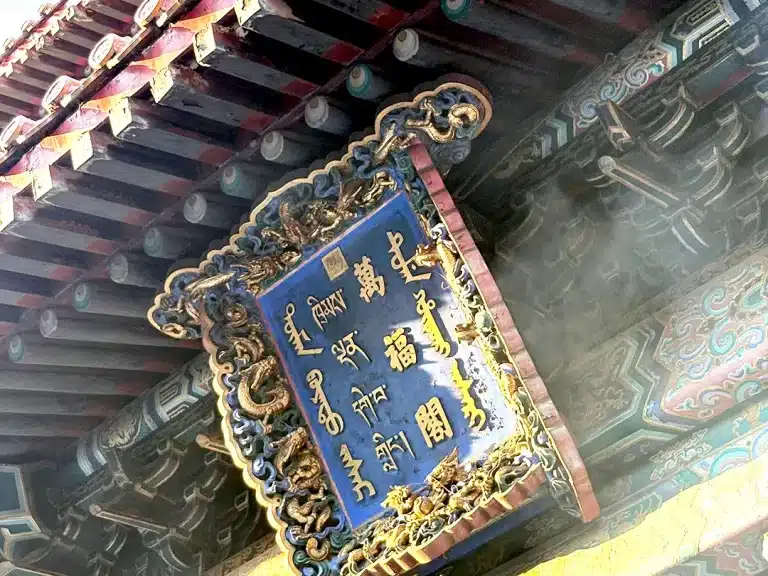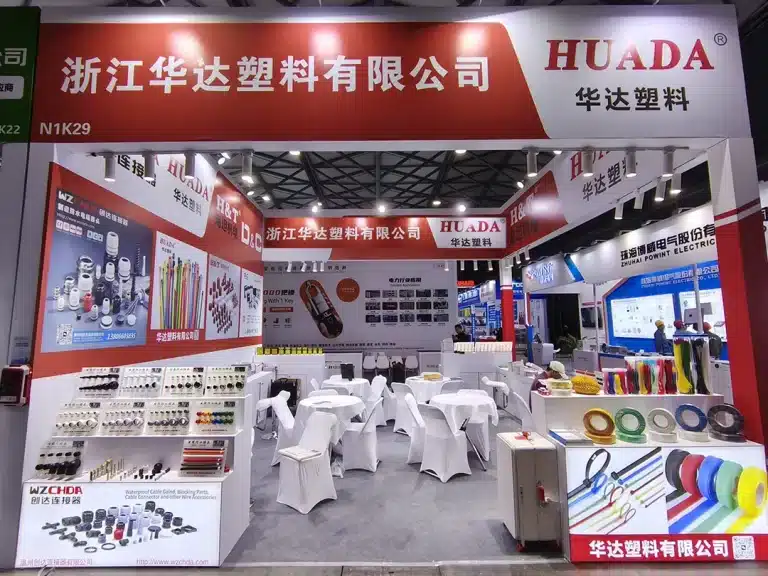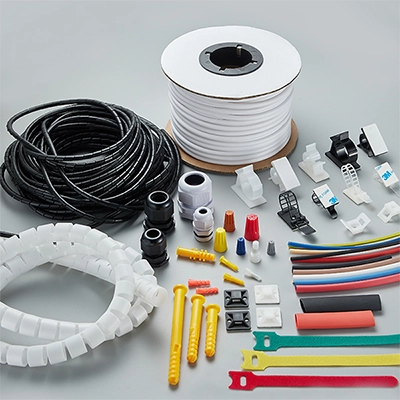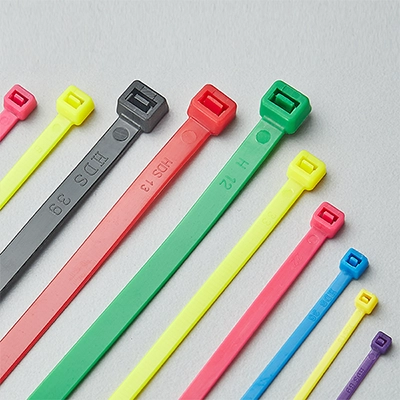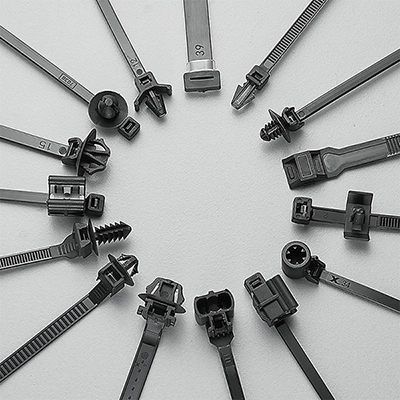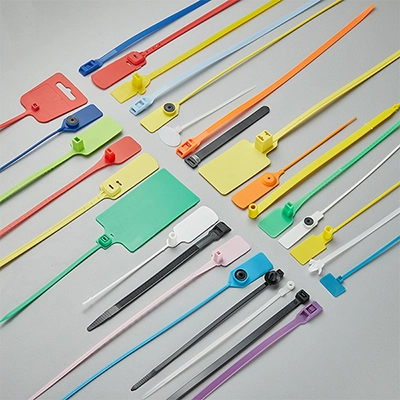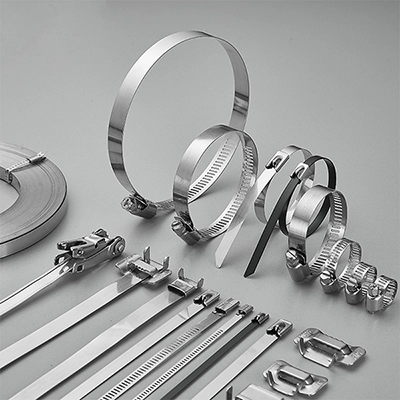Most people think of cable ties for bundling industrial wires, sealing supermarket goods, or simple DIY repairs. But if you walk down the streets in Japan, you’ll see them used for so much more. They show up on power boxes, around coiled pipes, and even holding outdoor signs in place—everyday city fixtures that all rely on these ties.
Why are cable ties used so widely in city construction? What unique advantages make them the “best helper” for managing urban infrastructure in Japan? Today, with some real photos from our colleague Tom, we’ll explore how cable ties work in an actual city setting.
Common Uses of Nylon Cable Ties in Cities
Cable ties are not just for organizing electrical wires. Across Japan—and indeed around the world—they play a vital role in many areas of city infrastructure. These ties boost safety, cut maintenance costs, and keep everything more organized. Here are a few real-life examples:
1. Managing Power Facilities
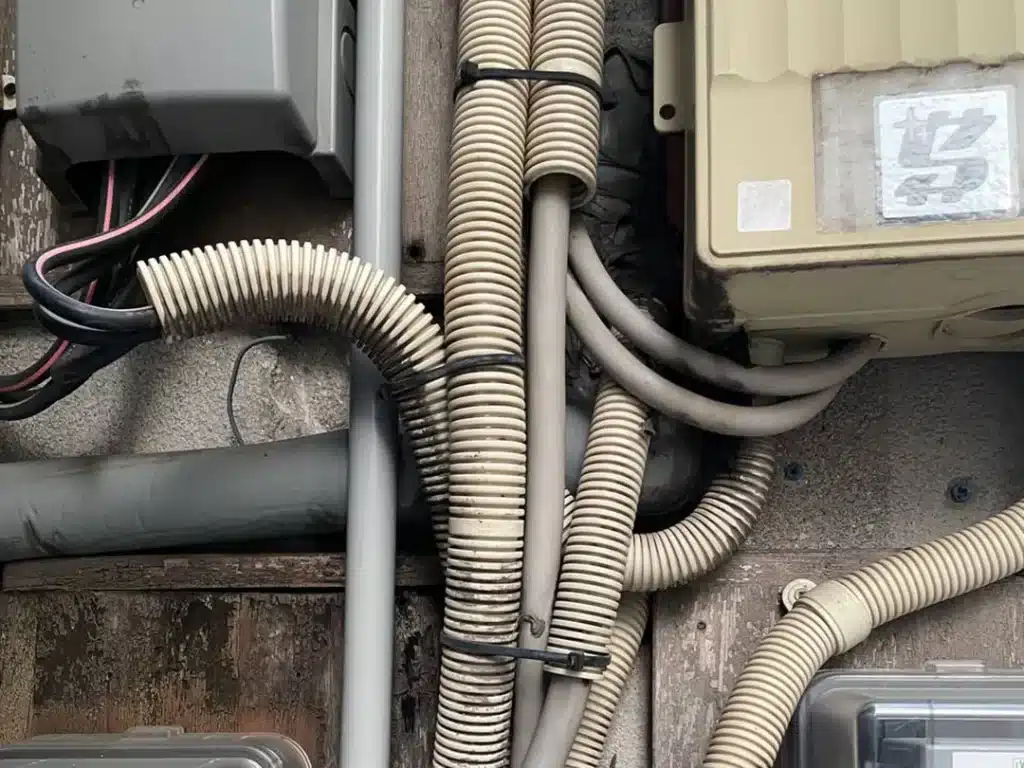
Places like meter boxes, substations, underground conduits, and cable trays often need secure bundling to prevent tangles or damage. Thanks to their high tensile strength and weather resistance, nylon cable ties are a must-have. In Japan, for example, you can see well-organized cables around meter boxes, held in place by cable ties to reduce hazards.
2. Communications Networking
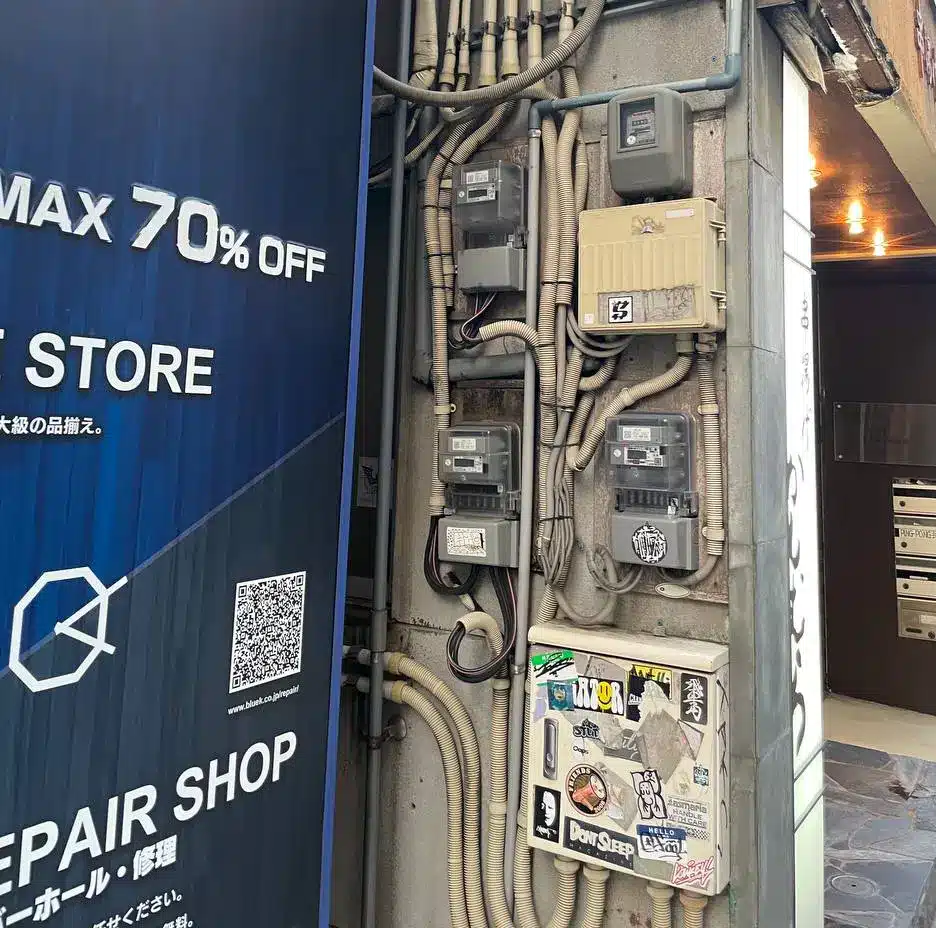
Fiber-optic lines, 5G base stations, and telecom cabinets use cable ties to bundle and support cables. This prevents loosened fibers from wind or external pulls that could disrupt signals. In crowded urban areas with many devices, cable ties offer an efficient and low-cost cable management solution, ensuring stable network performance.
3. Traffic Signal Systems
Traffic lights, security cameras, and roadside electronic signs also rely on nylon cable ties. Loose cables on a camera, for instance, can affect power or signal quality. Ties help keep them snug against support poles, avoiding damage from movement or vibration. Many traffic systems also face harsh weather, so UV resistant cable ties are used to ensure continuous operation under the sun and rain.
4. Securing Signs and Billboards
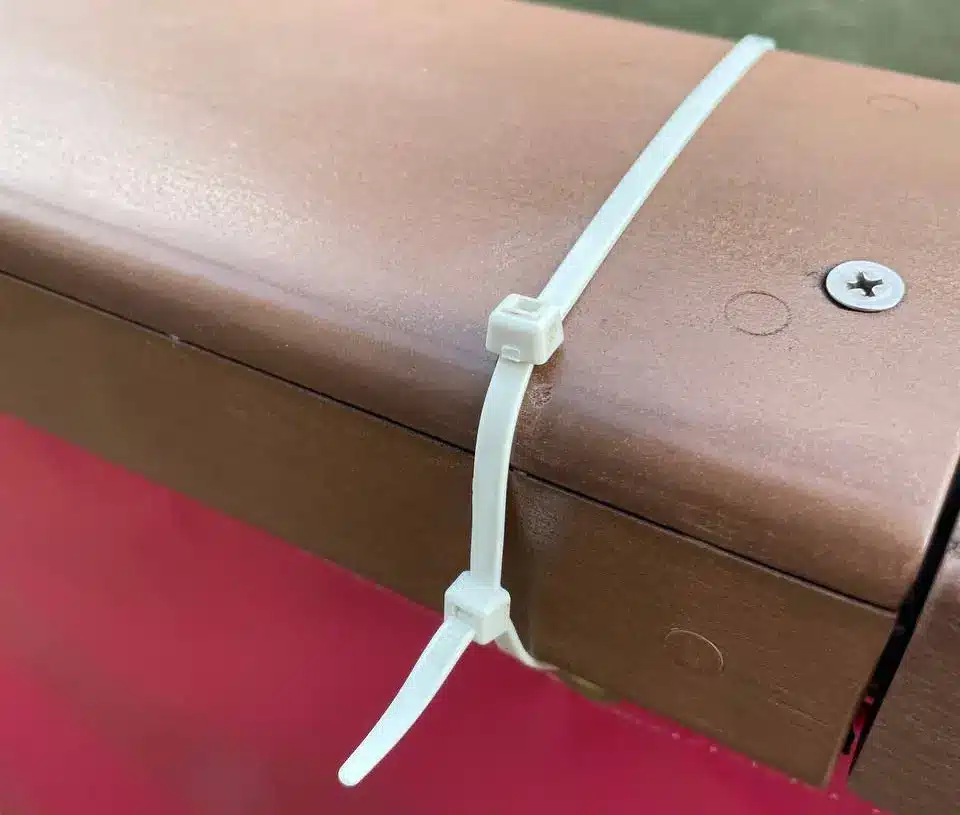
Many temporary or permanent signs, light boxes, and banners in cities need an easy way to mount them. Nylon cable ties are perfect: they’re simple to install, easy to remove, and don’t damage surfaces like screws or metal clamps might. For seasonal events or promotions, shops can quickly fix signs or banners with ties, then cut them off later without hassle.
5. Drainage and Air-Conditioning Pipes
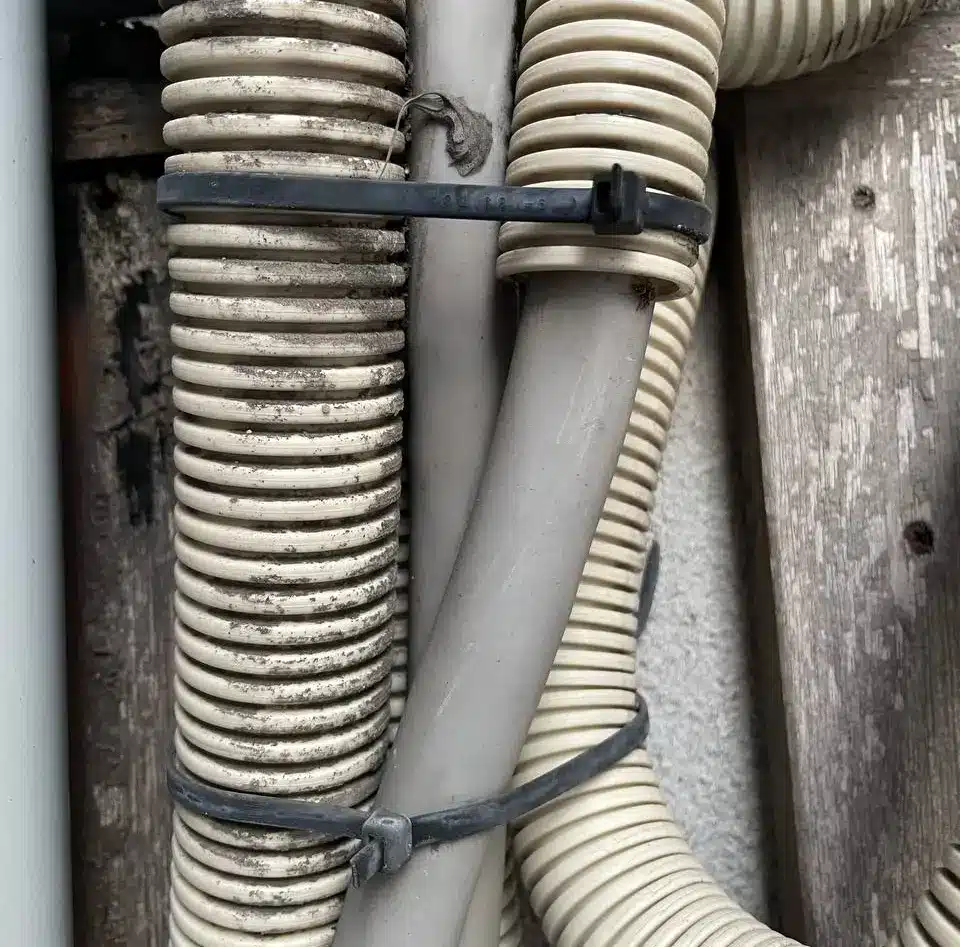
On city buildings, it’s common to see neatly organized AC lines, drain hoses, and gas pipes. These are often held in place by cable ties. Glue or metal fixtures can fail over time, but cable ties are more durable and reliable—especially for repairs in older neighborhoods. They’re cheap, easy to work with, and keep pipelines orderly.
Why Choose Nylon Cable Ties?
Cable ties are highly favored for managing city cables, signs, and pipelines because of their weather resistance, high strength, quick installation, and low cost:
- Weather Resistance: Made from PA66, they can handle temperatures from -40°C to 85°C. In areas with direct sunlight, UV-resistant ties stay intact outdoors for long periods without cracking.
- High Strength: Cable tie sizes with widths ranging from 1.8 mm to 12 mm and tensile strength from 8 kg to 150 kg, different cable tie sizes can handle varying levels of strain.
- Quick Installation: Their unique self-locking design requires no tools. Just thread and pull to tighten, saving time on the job.
- Easy Maintenance: When ties age or need adjusting, simply cut and replace them, reducing the need for extra steps or materials.
- Cost-Effective: Compared to metal clamps, nylon ties are lighter, cheaper, and suitable for large-scale use.
Conclusion: A Simple Design Solving Complex Problems
You might never have paid much attention to nylon cable ties, yet they’re woven into the daily workings of any modern city. From main streets to back alleys, they quietly support infrastructure at every turn. These small but effective fixes help keep urban environments cleaner, safer, and more orderly. It’s a simple design addressing complex challenges—showing that this humble nylon tie carries a surprising level of precision and wisdom in modern city management.
